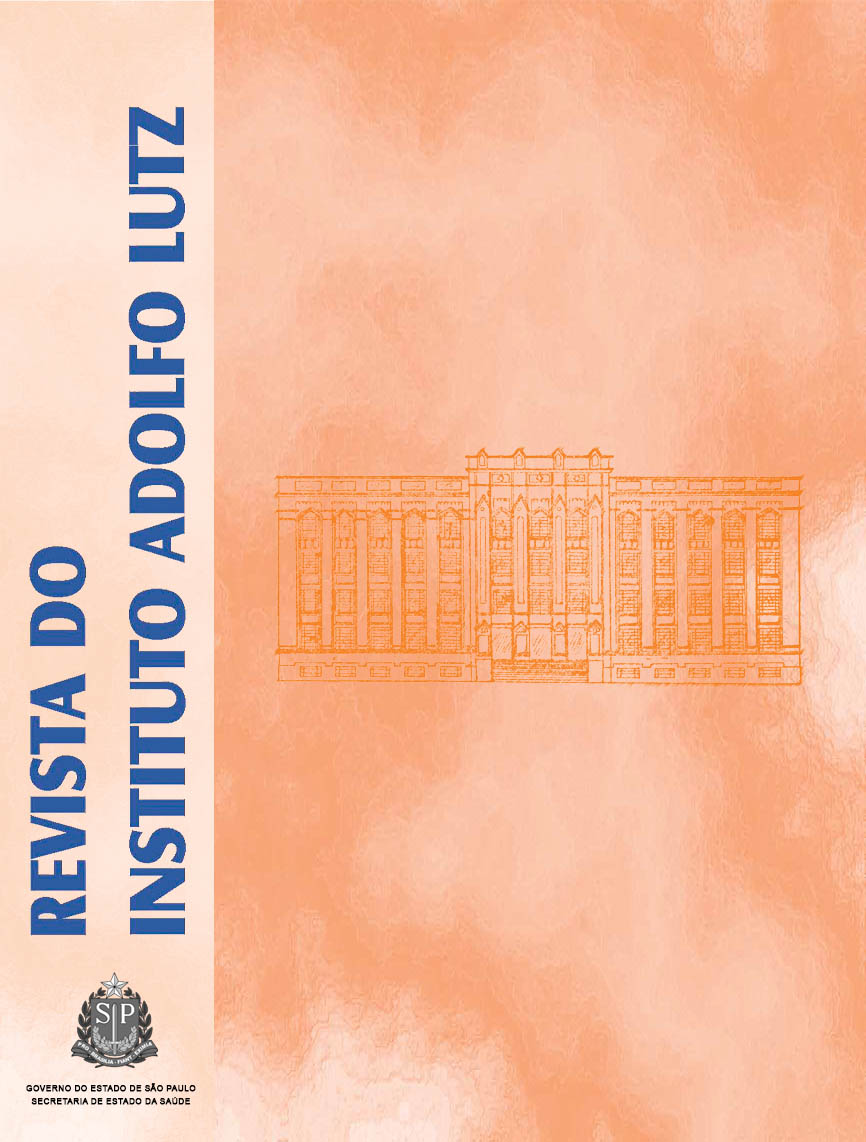Abstract
The objective of the present study was to evaluate the effect of lecithin addition on retinol concentration, and its consequent availability in processed human milk. For this purpose, 400mL of human milk were collected at the Januário Cicco Maternity Hospital. Ten samples of 1 mL of human milk (milk without lecithin) were separated, and 2g of lecithin were added into each aliquot. After saponification, the milk was extracted with hexane, and retinol amount was determined by means of High Performance Liquid Chromatography. Statistical analysis was conducted using Student’s t-Test. The average concentrations of retinol in milk samples without and with lecithin were 28.0±5.1μg/100mL and 35.3±5.0μg/100mL, respectively, being the difference statistically significant (p<0.001). The observed findings suggest that the addition of lecithin into milk results in high vitamin A provision. Therefore, reporting these data is of great value as for the Milk Banks, as it would guarantee the provision of human milk with high nutritional value, and for other studies that make use of milk as an indicator for monitoring nutritional state of lipids or liposoluble vitamins.References
1. World Health Organization. Nutrient adequacy of exclusive breastfeeding for theterm infant during the first six months of life. Geneva: WHO, 2002. p. 22-6.
2. Mahan LK, Escott-Stump S. Krause: Alimentos, nutrição e dietoterapia. SãoPaulo: Roca; 1998. p.72-82
3. Jensen RG. Miscellaneous factors affecting composition and volume of humanand bovine milks. In: Jensen RG, editor. Handbook of milk composition. San Diego: Academic Press; 1995. p.237.
4. Ribeiro KD, Melo IL, Pristo AZ, Dimenstein R. Efeito do processamento do leite humano sobre os níveis de retinol. J Pediatr. 2005; 81:61-4.
5. Neville MC, Keller RP, Casey C, Allen J C. Calcium partitioning in human and bovine milk. J Dairy Sci. 1994; 77:1964-75.
6. Evangelista J. Tecnologia dos alimentos. 2a ed. São Paulo (SP): Atheneu;1992. p.462-3.
7. Miller DL. Health benefits of lecithin and choline. Cereal Foods World 2002;47:178-84.
8. The Solae Company. [Internet site]. Ingress Communications. Available: http://www.solae.com.br/benefitsofsoy/soylecithin.html . Acesso em: 10 fevereiro2006.
9. Giuliano AR, Neilson EM, Kelly BE, Canfield LM. Simultaneous quantitation and separation of carotenoids and retinol in human milk by high-performanceliquid chromatography. Methods Enzimol 1992; 213:391-99.
10. Nierenberg RD, Namm SL. A method for determining concentrations forretinol, tocopherol, and five carotenoids in human plasma and tissue samples. Am J Clin Nutr 1992; 56:417-26.
11. Macias C, Schweigert FJ. Changes in the concentration of carotenoids, vitamin A, alpha-tocopherol and total lipids in human milk throughout early lactation. Ann Nutr Metab. 2001; 45(2):82-5.
12. Góes HC, Alexandre GT, Carmem MD, Nadia MF. Nutrient composition ofbanked human milk in Brazil and influence of processing on zinc distributionin milk fractions. Nutrition. 2002; 18:590-4.
13. Basu S, Sengupta B, Paladhi PKR. Single megadose vitamin Asupplementation of Indian mothers and morbidity in breastfed young infants. Postgrad Med J. 2003; 79:397-402.
14. World Health Organization. Indicators for assessing vitamin A deficiency andtheir application in monitoring and evaluating intervention programmes. Geneva: WHO; 1996. [Internet site]. Ingress Communications. Available:<http://whqlibdoc.who.int/hq/1996/WHO_NUT_96.10.pdf>. 15 fevereiro2005.

This work is licensed under a Creative Commons Attribution 4.0 International License.
Copyright (c) 2006 Instituto Adolfo Lutz Journal
